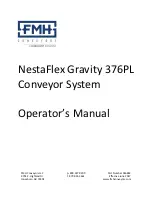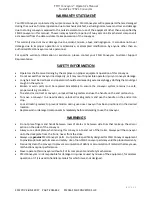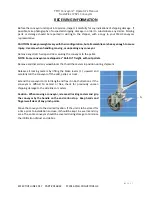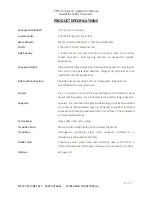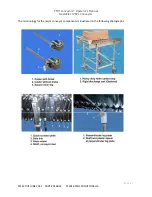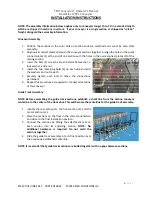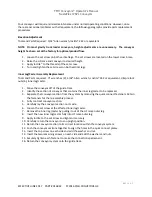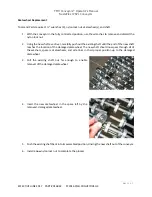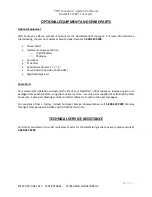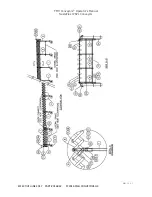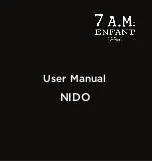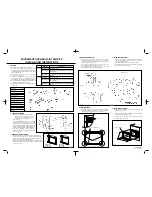
FMH Conveyors
®
Operator’s Manual
NestaFlex 376PL Conveyors
4 |
P A G E
EFFECTIVE JUNE 2017 PART # 016842 ©2016 FMH CONVEYORS LLC
RECEIVING INFORMATION
Before the conveyor unit is put into service, inspect it carefully for any indications of shipping damage. If
possible, take photographs of suspected shipping damage in order to substantiate any claims. Missing
parts or damage should be reported in writing to the shipper, with a copy to your FMH Conveyors
representative.
CAUTION: Conveyor weights vary with their configuration, but all assemblies are heavy enough to cause
injury. Use care when handling, moving, or unpacking any conveyor.
Remove any stretch‐wrap and ties securing the conveyor to the pallet.
NOTE: Some conveyors are shipped as “Roll‐On” freight, without pallets.
Remove and discard any wood blocks that hold the casters in position during shipment
Release all locking casters by lifting the brake levers (1.) upward and
carefully roll the conveyor off the skid, pallet, or truck.
Extend the conveyor to its full length and flex it in both directions. If the
conveyor is difficult to extend or flex, check for previously unseen
shipping damage to the side links or casters.
Caution ‐ When moving a conveyor, release all locking casters and grip
the conveyor by the handle on the end carton stop. Keep hands and
fingers well clear of any pinch points.
Move the conveyor to the desired location. If the unit is to be stored for
a time prior to installation and use, it should be kept in a warm and dry
area. The entire conveyor should be covered during storage to minimize
the infiltration of dust and debris.
1.

